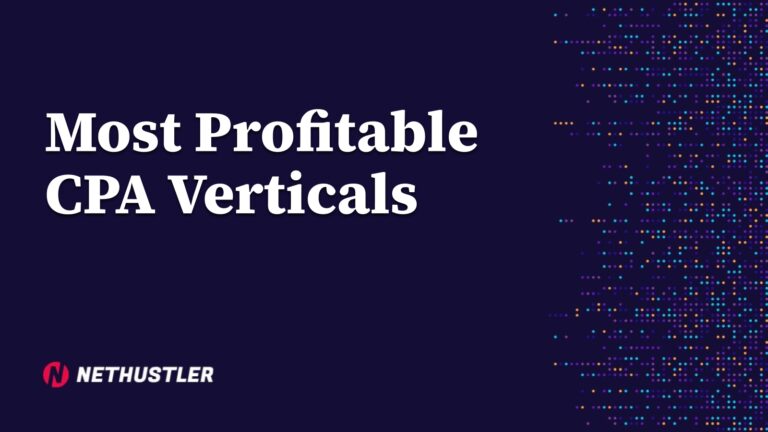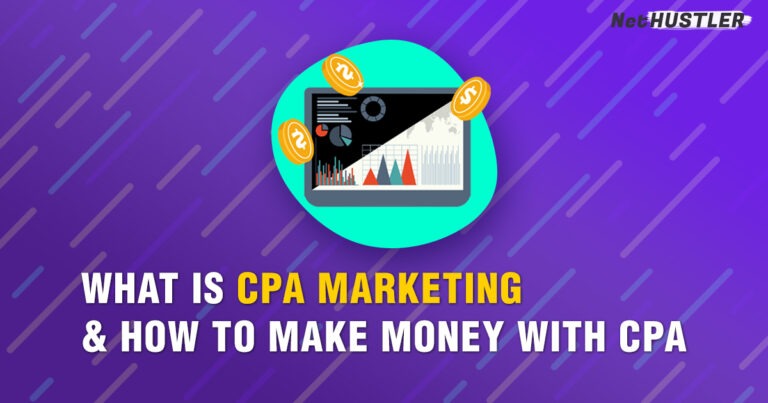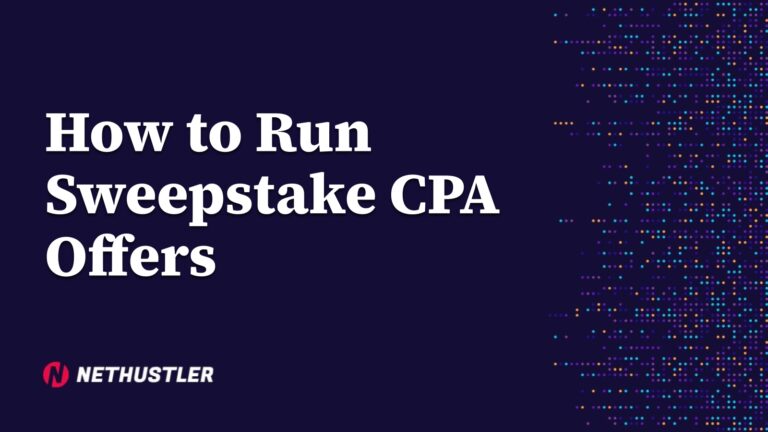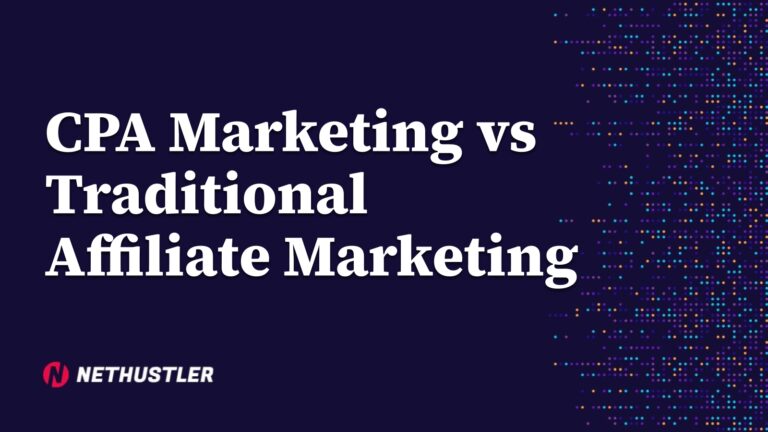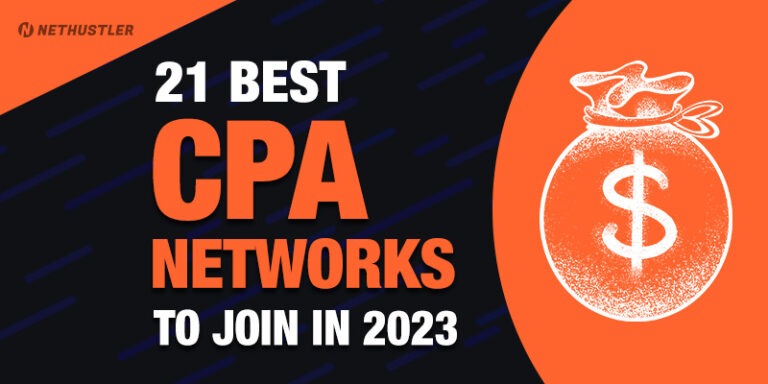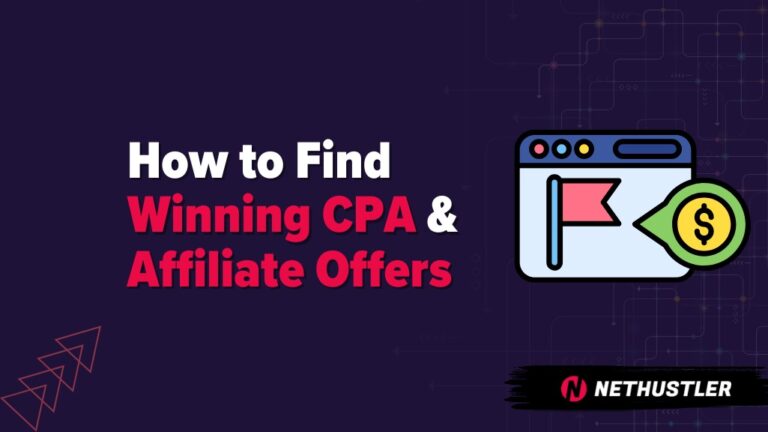CPA Cloaking Guide for 2025
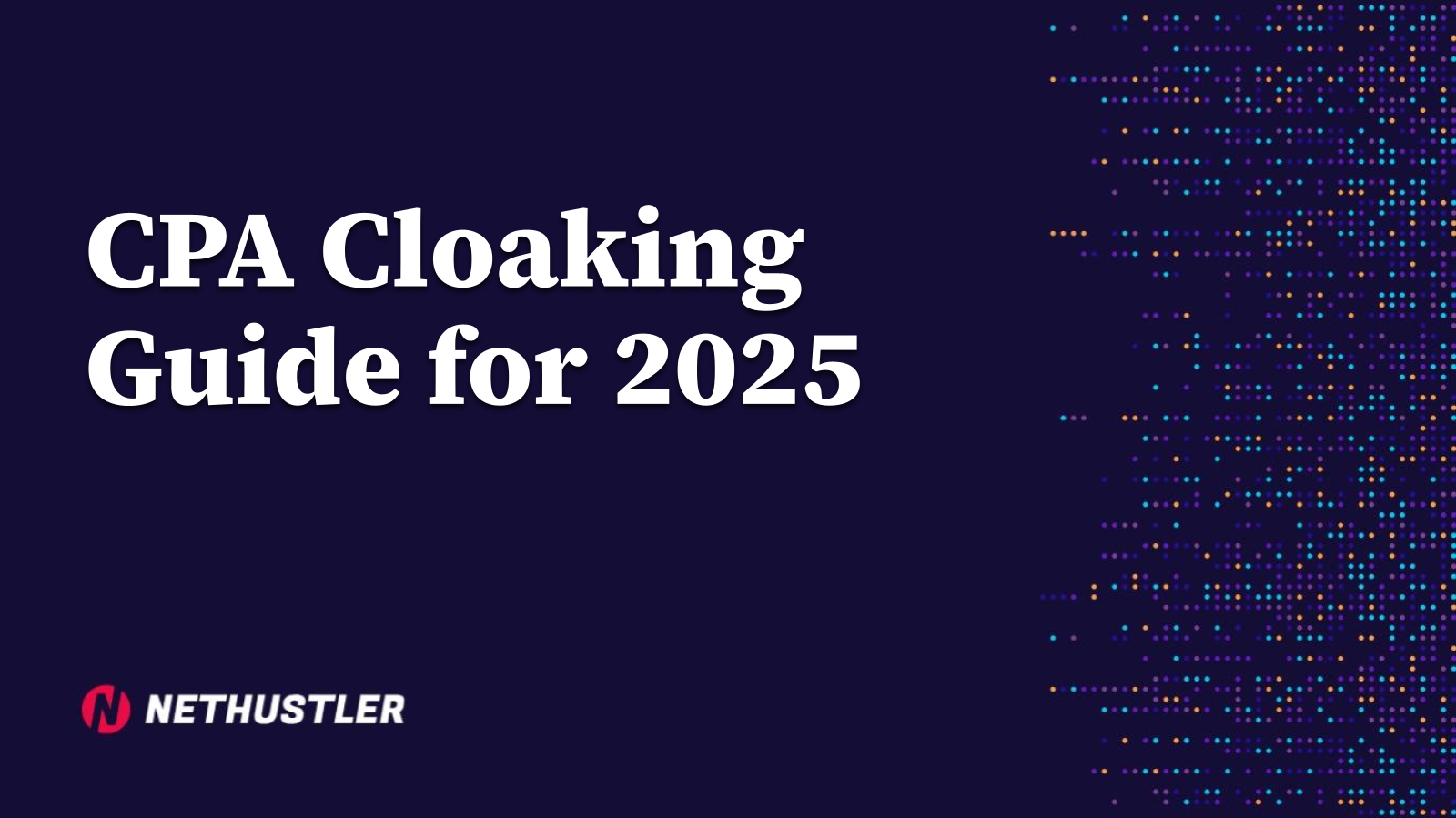
Look, I see this question all the time. “How do I cloak links?” “Stephen, what’s the best cloaker for Facebook ads?” And honestly? It drives me nuts.
Because most people asking this question think it’s some magic bullet. They think they can run some garbage, non-compliant offer, slap a cloaker on it, and just print money.
Let me tell you something. That ain’t it.
Cloaking isn’t just for hiding shady stuff (though yeah, a lot of people use it for that). Real cloaking, the kind that actual media buyers use, is about PROTECTION.
It’s about protecting your campaigns from bots, spy tools, competitors, and all the other junk traffic that will bleed your ad budget dry. It’s a filter. A shield. Not a get-out-of-jail-free card.
The “Why” Behind Cloaking (It Ain’t Just for Scammers)
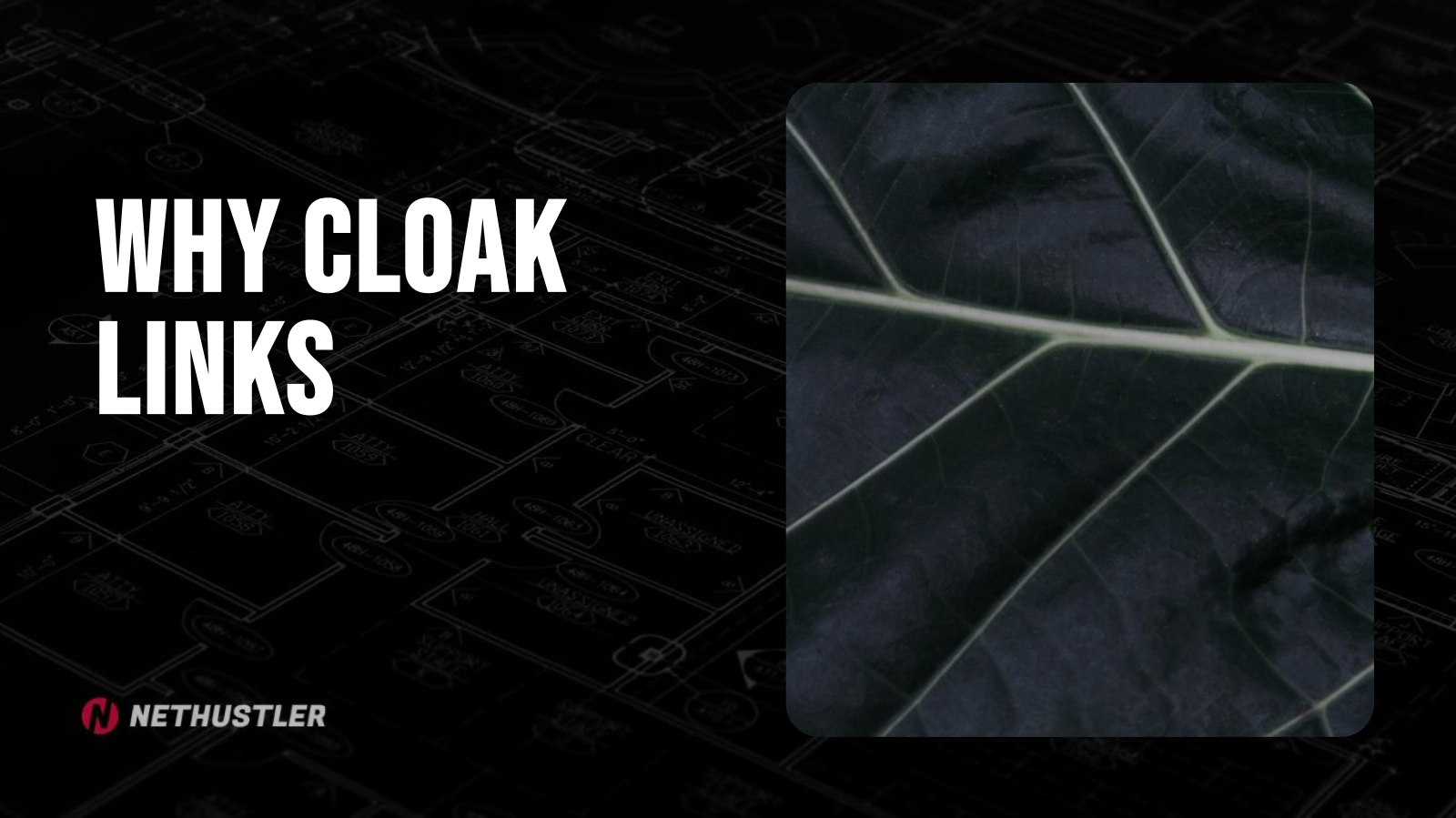
So why do people actually do it? I mean the ones who actually make money and dont get their accounts banned every other week.
It’s pretty simple really.
First, bot filtering.
This is the big one. Ad networks are FILLED with bots. Google, Facebook, TikTok… they all have em. They click your links, screw up your data, and waste your money. CPA networks have bots too, checking your landers.
A good cloaker identifies these bots by their IP address, user agent, or other signatures and sends them to a blank page or a safe page.
It keeps your real stats clean. It’s kinda like what we do to stop click fraud, just on the offensive. You gotta filter the junk. It’s just common sense.
Competitor blocking.
You find a winning campaign, a killer landing page, a great angle. Guess what? The second you start scaling, a dozen other affiliates are gonna use spy tools to find your ads and rip your entire funnel off. Straight up stolen. A cloaker can help identify and block known spy tools and other affiliates trying to snoop on your stuff. It’s just smart business.
Geo-targeting.
This is cloaking in its most basic form. You have an offer that only converts in Germany.
Someone from the US clicks your ad.
What happens?
You can’t just send them to a broken offer page. Your cloaker redirects them to a different, relevant offer for the US, or to a generic page. You’re showing different content based on location. Standard stuff.
And then there’s the big one… the one everyone gets wrong. Compliance.
Trying to show one page to the ad network’s moderator and another page to the user. This is where 99% of people get nuked. It’s a dangerous game and honestly, probably not one you’re ready for.
Your 2025 Cloaking Setup: Tools of the Trade
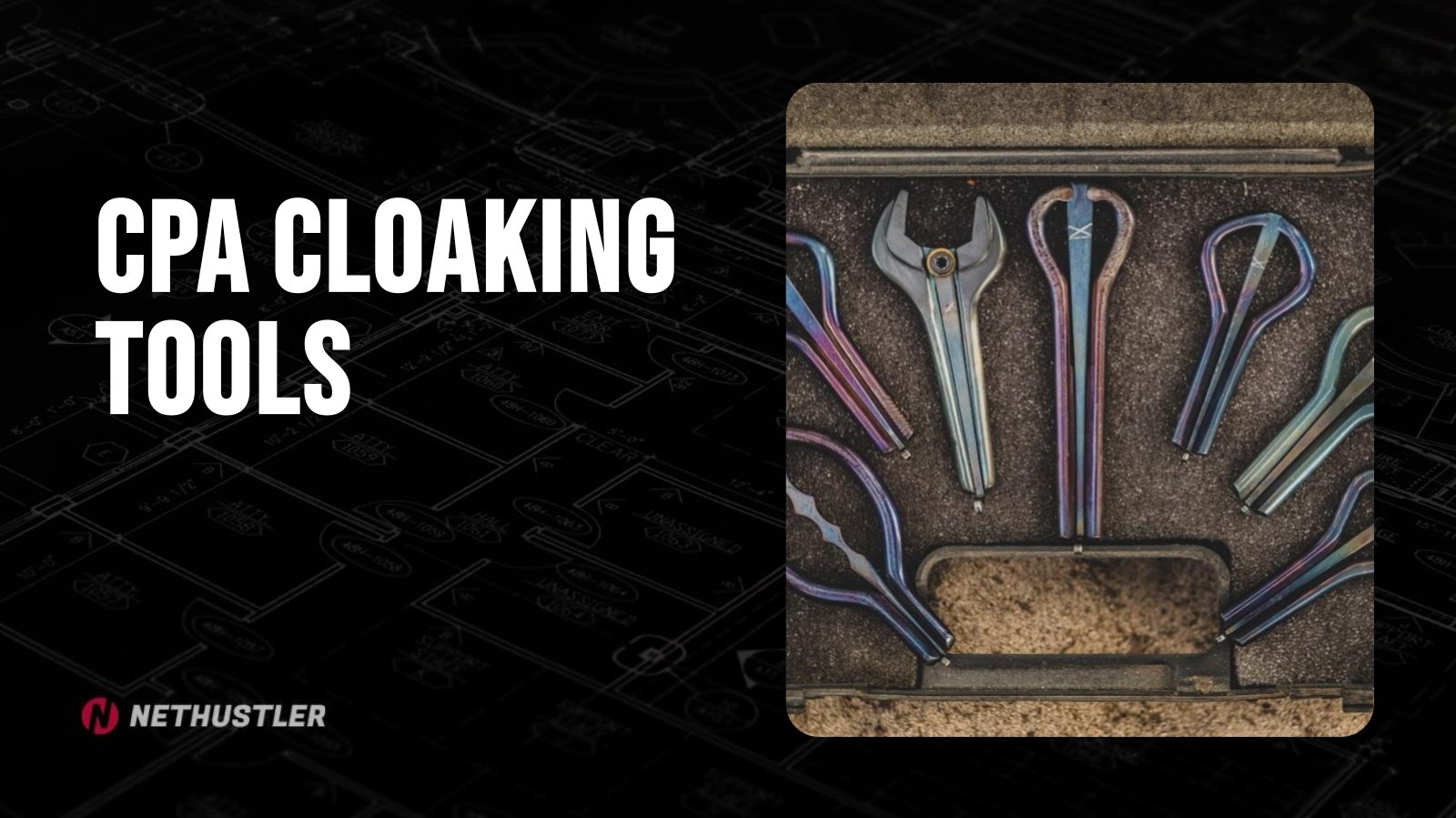
Okay, so you still wanna do it. You understand the risks. What tools are people actually using? Forget those cheap $49 “lifetime deal” cloakers you see advertised. They’re garbage.
You’re looking at two main options:
- Trackers with built-in cloaking. This is the pro-level choice. Tools like Keitaro and Binom are the industry standards. They are full-blown tracking suites that HAPPEN to have powerful cloaking features. They’re self-hosted, which gives you more control. They ain’t cheap and they ain’t easy to set up. I saw a thread on a marketing forum the other day where some new guy tried to set up Keitaro on a cheap $5 Vultr server and couldn’t figure out why his redirect speed was trash. I mean, come on… you gotta invest in your infrastructure. This is a business, not a hobby. Sure a $5 server can be enough for some, but if you’re running high volume traffic, then you need a speedy server to process all those requests fast.
- Dedicated cloaking services. These are easier to use but you give up some control. Services like Cloak IT or JustCloakIt are popular. They handle all the bot lists and technical junk for you. You just plug in your links. It’s a good starting point but can get expensive, and you’re trusting a third party with your traffic. Pick wisely.
Honestly, a lot of these tools are just part of a bigger marketing stack. If you’re serious, you’ll have a whole suite of digital marketing tools you rely on, and your tracker/cloaker is just one piece of that puzzle.
Don’t even think about a DIY setup unless you’re a literal developer. It’s not worth the headache.
The Nitty-Gritty: How It Actually Works (Simplified)
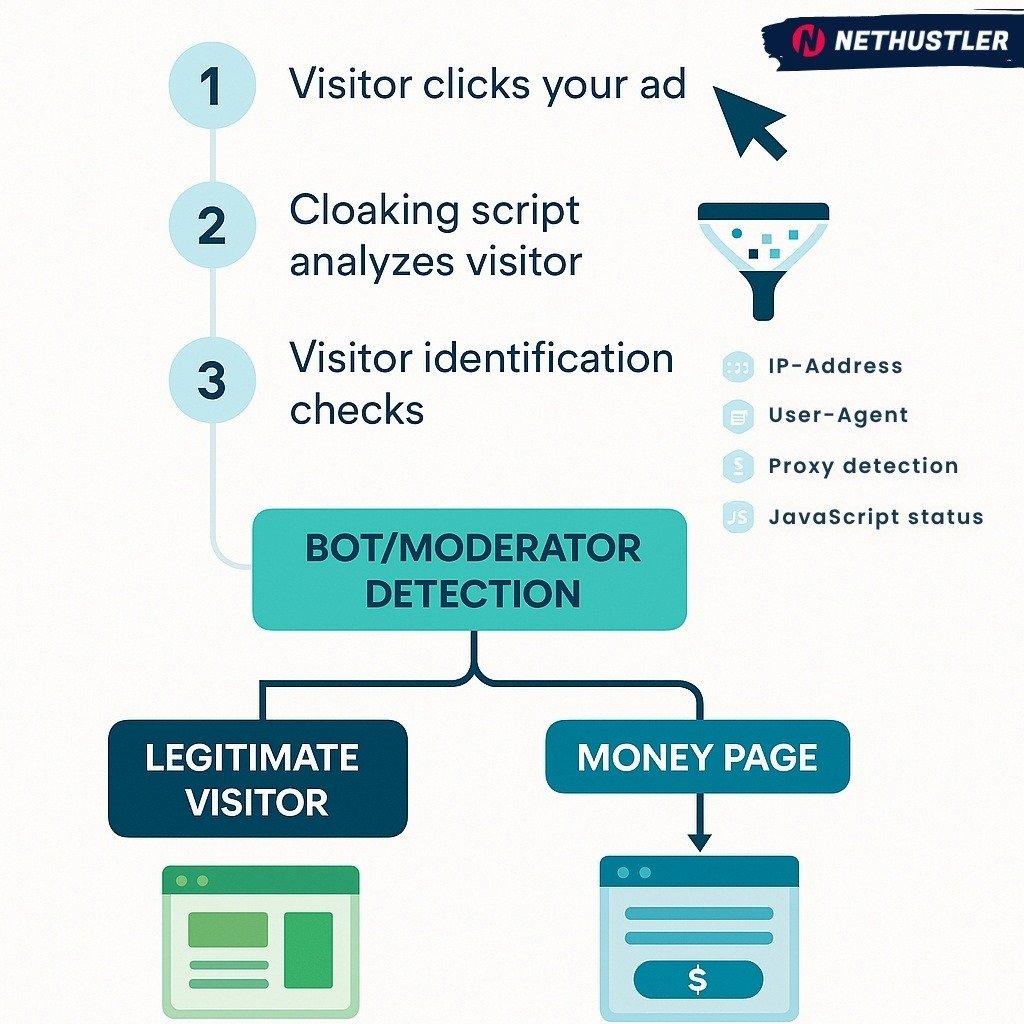
I’m not gonna give you a super technical breakdown cause you’ll fall asleep. But basically, here’s the flow. It’s the core of any CPA Cloaking Guide for 2025 or any other year, tbh.
A visitor clicks your ad.
Instead of going directly to your landing page, they hit your cloaking script/service first. This happens in milliseconds.
The cloaker then acts like a bouncer at a club. It checks the visitor’s ID.
- What’s their IP address? Is it a known data center IP used by bots or ad networks?
- What’s their User-Agent? Are they pretending to be a mobile user but they’re on a desktop?
- Are they coming from a residential proxy that Facebook’s review team might use?
- Do they have JavaScript disabled? (A huge red flag for bots).
Based on these rules, the cloaker makes a decision.
If the visitor looks like a bot, a moderator, a competitor, or someone from the wrong country… they get sent to the Safe Page. This is usually a super boring, compliant page that follows all the rules.
If the visitor looks like a real, legitimate potential customer… they get sent to the Money Page. This is your real, aggressive landing page designed to get that CPA conversion.
That’s it. That’s the whole magic trick. A split-second decision that filters your traffic.
WARNING: The Compliance Tightrope & Getting Banned
Okay, get this. And I mean REALLY get this.
The ad platforms are NOT stupid.
Let me repeat that. GOOGLE AND FACEBOOK ARE NOT STUPID. Their AI is insane. They spend billions… literally billions… on detecting this stuff. They buy access to all the cloaking tools to see how they work. They have teams of human reviewers who use special accounts and residential proxies to check your funnels.
Getting caught isn’t just “oh no my ad was disapproved.”
No.
It’s your ad account getting permanently disabled. It’s your Business Manager getting nuked. It’s your personal Facebook profile getting banned. It’s your payment method getting blacklisted across their entire network.
I remember a guy on a private marketing forum who was bragging about his cloaking setup on Facebook. Two weeks later, his account, his wife’s account, and even his business manager account he used for a legit local client got nuked. He lost everything overnight. Don’t be that guy.
This is not a game. You are walking a tightrope over a pit of fire. Before you even THINK about this, you better have your basic affiliate marketing legal compliance checklist down cold.
If you cant handle the basics, you have no business messing with this advanced (and risky) stuff.
“Whitehat” Cloaking vs. “Blackhat” Cloaking

This is the last thing I’ll say. There’s a difference between using these tools smartly and using them recklessly.
I guess you could call it “whitehat” cloaking, even though the ad networks would probably disagree lol. This is where you’re using the tool for optimization, not deception.
- Whitehat-ish uses:
- Filtering invalid bot traffic to protect your data and budget. This is just smart. The concept is the same as protecting your site from AdSense click bombing and invalid traffic. It’s defensive.
- Showing different, but still compliant, pages based on a user’s device or location.
- Blocking known spy tools and scrapers from stealing your work.
Then there’s blackhat. This is when your intent is to straight up deceive the ad platform about what you’re promoting.
The line is this: Are you hiding the fundamental nature of your offer?
If your Safe Page is about “5 Tips for a Healthy Dog” and your Money Page is a sketchy diet pill that promises “Lose 30lbs in 30 Days”… that’s blackhat. You are lying about your offer. And you WILL get caught. It’s not a matter of if, but when. Also, even if you’re not going to get banned, because ofc some people will get away with it, at the end of the day if your money page is completely in a different niche or very different than the ad, your conversion rate is going to be poor and probably cost you ad money.
Look, cloaking is a powerful tool. It can also be a loaded gun pointed right at your own head. My advice? Start by using trackers to understand your data. Learn what real traffic looks like. Only then, maybe, maybe, you can start thinking about using the filtering capabilities to protect your campaigns.
But dont come crying to me when your account gets shut down because you tried to run some garbage offer. I warned you.
Stay hustlin’,
Stephen

